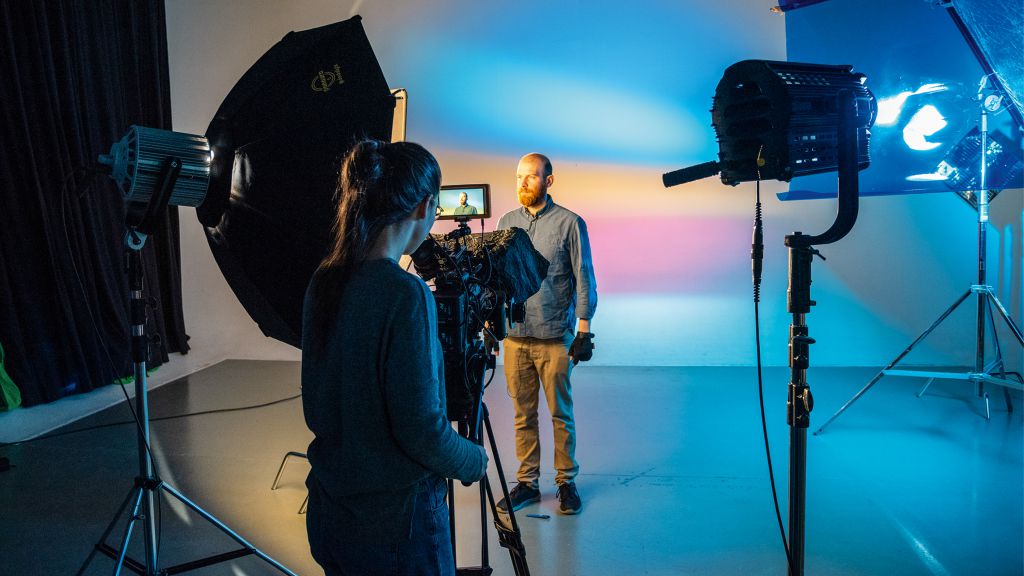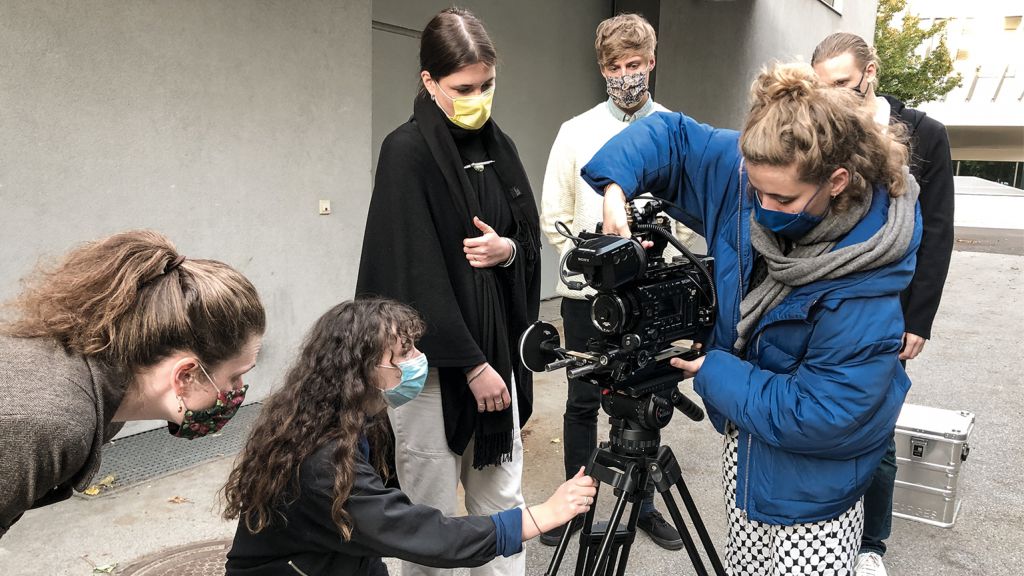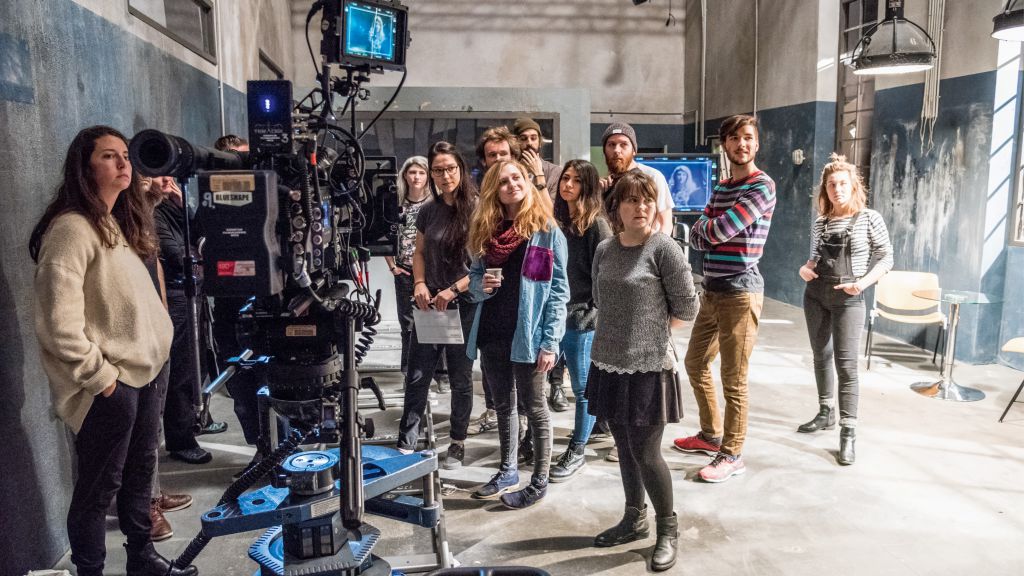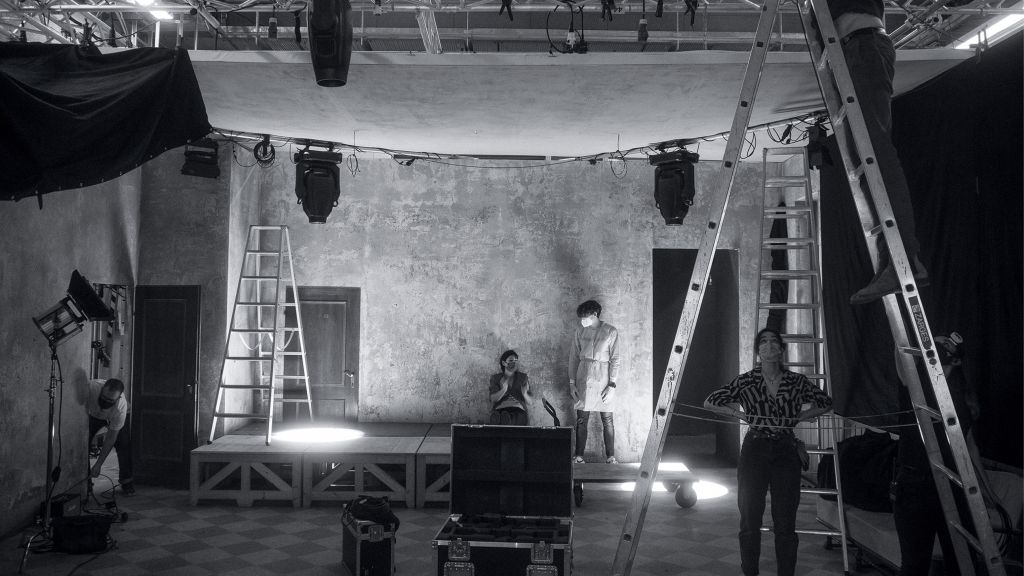Just what all can training for “camera operators/cinematographers” do?
The following remarks employ the internationally common term “cinematographer”. As director of photography (DOP/DP), he or she functions as head of department when it comes to a film project’s visual design.

The core feature of training for this job is students’ freedom to learn in a playful manner. They need time and space so that they can grow artistically, dare to experiment, probe boundaries, explore visual languages, and pursue new avenues of creativity. Alongside conveying the foundations of visual design, my teaching centres on the accompaniment, support, and encouragement of students as they develop and mature creatively—including when they fail! An excess of competition and competitive thinking can impede this creative growth.
In a structural sense, Film Academy Vienna is ideally sized to provide the 15 to 20 students of each year’s new group with an overview of the entire field during the programme’s initial four semesters, which feature fundamental training shared with students from the other majors. This enables cinematography students to gather practical and valuable experience in the fields of screenplay writing and dramaturgy, directing, editing, and production (and vice versa) before they specialise. What’s more, the studio tutorial in students’ third semester embodies filmic practice in the form of a comprehensive team exercise that ranges from studio construction to filming and from art direction to sound recording. Film can thus be experienced as teamwork in a way that’s relevant to actual practice—which includes learning, for example, that the more precisely focus pullers can keep camera lenses in focus, the more freedom cinematographers enjoy when it comes to framing and moving the camera within a shot. At the same time, such teamwork also contributes to another important aspect of this training programme: learning from and with one another, from preproduction conversations to each single day on set to adjusting colours and light in the grading suite. This kind of work together, done on various projects within and outside the Film Academy, gives rise to strong networks for one’s later professional career.
Educating the Eye

Visual images wield a great deal of power in terms of how we perceive the world. And with the flood of images from various media that envelops us day in and day out, the responsibility borne by cinematographers is growing ever greater. In this light, I believe that sensitising visual perception is an essential instrument in conscious visual design. Images that capture their content’s essence and/or convey it on a subtextual level should be preferred over images that are simply “pleasing”.Training one’s powers of observation in terms of things like lighting ambiences as well as discovering and collecting elements of magic in everyday life can serve as a mental archive for visual narration later on.
“Educating the Eye” means: “open the eye – close the eye to open up the mind”…A very important aspect of this, to my mind, is to involve art as a source of inspiration for exploring and developing individual visual languages and as a means of communicating with the directing team. Dealing with classical painting is essential to the study of lighting design and framing. And group museum visits, both analogue and virtual, serve as a starting point in analysing and discussing various paintings. It’s important to me to that young film professionals also be sensitised to the consequential nature of their social responsibility and their attitude towards complex themes while still students. Earning the trust of protagonists, actors, and colleagues requires an ability to deal with people in an esteeming manner as a basis for successful teamwork. And the students should also sharpen their social competencies with regard to gender/queer/diversity issues.
Camera, Light, and Digital Art – Compositing

Camera instructors who have their roots in analogue recording techniques can convey knowledge and experience from both worlds. This makes it possible for students to acquire deep-reaching know-how and skills (in terms of exposure, gradation curves, camera motion, etc.) that help strengthen their own artistic expressivity. Lighting design supports the visual dramatisation of film content and protagonists. And acquiring the foundations thereof takes place via practical activities in the film studio that involve both traditional lighting elements and the newest LED technology, as part of which students develop individual tools for the lighting design of each filming project.Furthermore, working together with students from the Digital Art – Compositing MA programme gives rise to additional synergies via the creation and expansion of filmic spaces and the realisation of visual effects. After all, virtual techniques are another available tool with which to support the poetry and magic of a given visual language.
Postproduction

Back in analogue times, film copies were finished in outside film labs. But thanks to film and video technology’s digitisation in recent years, the Film Academy can now produce student projects in house all the way from camera tests to actual filming and postproduction (editing and insertion of visual effects) and on to the final digital cinema package (DCP). And with the Arthouse Cinema in the new Future Art Lab, teaching and professional presentations can now benefit from a 4K digital cinema-standard laser projector paired with a Dolby Atmos cinema sound system.
Colour grading is taught and practiced in the grading suites and at the new Arthouse Cinema in classes taught by professional film colourists. This allows the students to acquire valuable basic knowledge of this essential creative tool and to refine how they engage in targeted communication with colourists in a way that is close to actual practice—which will benefit their future professional lives. Smaller projects can likewise be completed in house to a professional digital cinema standard. All this gives rise to “living practice”, with the beginning cinematographers in the “director of photography” role and thus responsible for a project’s visual quality all the way from preparation to actual filming and on to completion of the film project’s visual aspects including colour grading.

